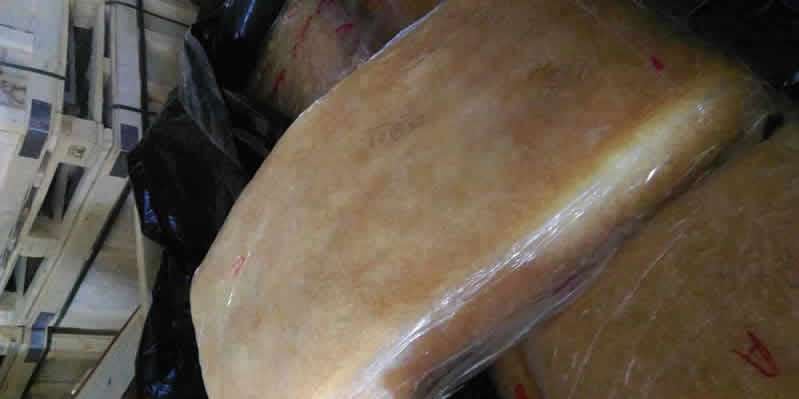What is Butadiene rubber?
Butadiene rubber often referred to as general-purpose rubber, encompasses a range of macromolecules containing structural units such as cis-1.4, trans-1.4, and 1.2 configurations. The presence of 1.2 units, characterized by a pendant vinyl group, allows for the formation of isomeric forms—be it syndiotactic, isotactic, or tactic.
The distribution of these structural units along the polymeric chain is contingent upon the polymerization process and the type of initiator employed, thereby dictating the fundamental properties of butadiene rubber.
Moreover, synthetic rubber, characterized by a high concentration of cis-1.4 structural units, demonstrates superior elastic properties. However, despite this advantage, the presence of additional structural units markedly reduces its potential for crystallization. Consequently, synthetic rubber with an abundance of such units tends to exhibit comparatively lower tensile strength.
Usage of Rubber Butadiene
Butadiene rubber, widely used in applications such as tire sidewalls, floor coverings like bicycle tires, footwear, rubber toys, cables, and rubber pipes, is indispensable across various industries due to its versatile properties.
Key Product Attributes
Butadiene rubber offers a plethora of desirable traits:
- High Elasticity
- Exceptional Low-Temperature Performance
- Remarkable Wear Resistance
- Minimal Hysteresis
- Superior Flexibility at Ambient Temperatures
- Outstanding Abrasion Resistance, even in harsh conditions
- Reduced Rolling Resistance
Furthermore ts unique composition and properties contribute to reduced rolling resistance, enhancing energy efficiency and reducing fuel consumption in various applications.
Quality Assurance in Synthetic Rubber Production
Furthermore, the production process of synthetic rubber involves meticulous quality control measures to ensure consistency and reliability in its performance. Stringent testing protocols are implemented at various stages, from raw material selection to final product inspection, to uphold the highest standards of quality and safety. Advanced analytical techniques and state-of-the-art equipment are employed to assess key parameters such as molecular weight distribution, polymerization kinetics, and mechanical properties. This rigorous quality assurance regimen not only guarantees the integrity of the synthetic rubber but also instills confidence in its end-users across diverse applications. As a result, synthetic rubber continues to be a preferred choice for manufacturers seeking high-performance elastomers capable of meeting stringent performance requirements in demanding environments.
